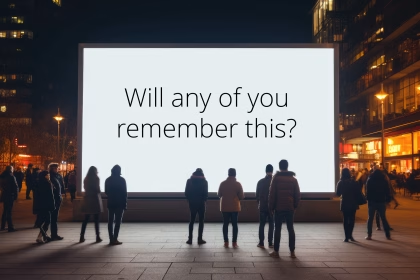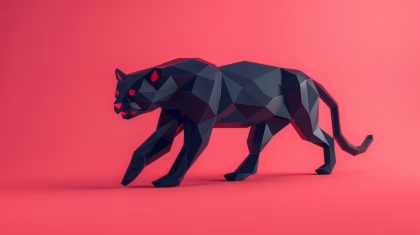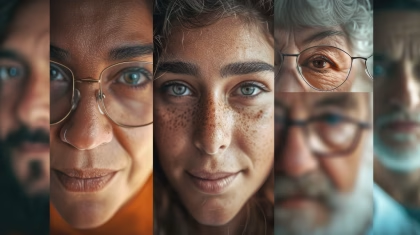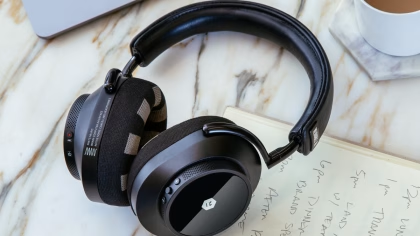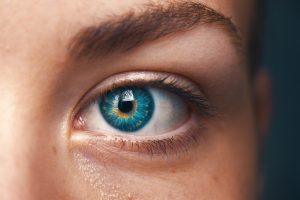Neuroaesthetics explores how our brain perceives and responds to beauty and art. By studying neural processes, it reveals how visual elements, emotions, and cognitive interpretations interact to create aesthetic experiences. This field bridges neuroscience and art, enhancing our understanding of why we find certain things visually appealing and emotionally moving.
Table of Contents
Imagine standing in front of a magnificent painting, feeling a surge of emotions that transcend words. Or listening to a piece of music that sends shivers down your spine, with each note resonating with an inexplicable sense of beauty. What is it about art that captivates us so deeply? This deep question lies at the heart of neuroaesthetics, a field merging art and neuroscience to uncover the secrets behind our aesthetic experiences.
The Quest for Beauty: From Aristotle to Neuroaesthetics
The human race has always been preoccupied with beauty. The philosopher Aristotle was one of the first to give a concrete voice to this fascination. He pondered the nature of beauty and its impact on the human soul, believing that the appreciation of beauty was intrinsic to human nature, a pursuit that elevates the spirit and enriches the mind. Aristotle posited that beauty lies in harmony, proportion, and the orderly arrangement of parts, whether in nature or human creations.

In essence, neuroaesthetics continues Aristotle’s age-old quest for beauty, transforming it into a scientific journey that bridges the gap between the subjective and the objective, the emotional and the empirical. This field celebrates the wonder of art while uncovering the neural threads that weave our aesthetic tapestry, offering a deeper appreciation of the beauty that enriches our lives.
What is Neuroaesthetics?
Neuroaesthetics is an interdisciplinary field that investigates the neural underpinnings of aesthetic experiences, bridging neuroscience, psychology, and art. It aims to decode how the brain perceives, processes, and responds to beauty and artistic expressions. Employing advanced neuroscientific techniques such as electroencephalography (EEG), eye tracking, and galvanic skin response, researchers in neuroaesthetics map the activity patterns of the brain and body in response to various art forms, including visual arts, music, and literature.
Central to neuroaesthetics is the study of aesthetic perception, focusing on the neural correlates of elements that contribute to beauty, such as symmetry, color, and composition. This field also examines the cognitive and emotional responses elicited by aesthetic stimuli, identifying the neural circuits involved in the pleasure and reward systems of the brain. Additionally, neuroaesthetics explores individual differences in aesthetic appreciation, considering factors like cultural background, personal preferences, and educational influences.
Your Brain on Art
The term “neuroaesthetics” was first popularized by Semir Zeki in the late 1990s. Zeki, a prominent neuroscientist, conducted pioneering research demonstrating how different regions of the brain are involved in the appreciation of visual art (Zeki, 1999). By utilizing brain imaging techniques such as functional magnetic resonance imaging (fMRI) and EEG, researchers in neuroaesthetics have begun to map out the neural correlates of aesthetic experiences.
One of the primary areas of focus in neuroaesthetics is understanding the role of the brain’s reward system in the perception of beauty. Research has shown that the experience of beauty activates the brain’s reward circuits, including the orbitofrontal cortex and the striatum, which are also involved in processing other pleasurable stimuli (Kawabata & Zeki, 2004). This activation is thought to be linked to the emotional and motivational aspects of aesthetic appreciation.
Another key aspect of neuroaesthetics is the investigation of how specific elements of art, such as symmetry, color, and composition, influence aesthetic judgments. For example, studies have found that symmetrical patterns are often perceived as more attractive, likely due to the brain’s preference for order and predictability (Jacobsen et al., 2006). Similarly, color and contrast have been shown to significantly impact aesthetic preferences and emotional responses (Palmer et al., 2013).

How Your Brain Experiences Beauty: The Aesthetic Triad
The Aesthetic Triad is a model that explains how our brain experiences beauty and art. It involves three main systems: sensory-motor, emotion-valuation, and meaning-knowledge.
- Sensory-Motor System:
- This is about how we automatically react to what we see and experience. For example, when you look at Van Gogh’s swirling paintings, your brain senses movement. Different types of art activate specific brain areas: faces engage the face-recognition part, while landscapes engage the area that processes places.
- Emotion-Valuation System:
- This part of the brain deals with our emotional reactions to beauty. Seeing something beautiful can make us feel happy, excited, or even moved. Beautiful faces or images trigger the brain’s reward system, making us feel pleasure without even thinking about it. Areas in the brain like the orbitofrontal cortex light up when we see something we find beautiful, whether it’s a painting, music, or architecture.
- Meaning-Knowledge System:
- This involves understanding and interpreting what we see. Our brains use context and knowledge to make sense of art. When we see actions in art, like a gesture in a painting, our motor system gets involved, helping us understand the artist’s intent and feel empathy.
How Our Brain Processes Visual Beauty
Our brains break down visual elements like color and movement. When we see a beautiful face or a stunning landscape, different parts of the brain get to work, helping us appreciate the beauty in detail.
How Our Brain Engages with Art
When we see art depicting actions, our brain’s motor system is engaged, making us feel connected to the actions we see. This helps us understand and empathize with the art on a deeper level.
How Beauty Makes Us Feel Good
Seeing something beautiful triggers our brain’s reward system. This happens automatically, making us feel pleasure and happiness. Areas like the orbitofrontal cortex and ventral striatum are activated, showing the strong link between beauty and feeling good.
Leveraging Neuroaesthetics in the Real World
Commercials and Advertising
Emotional engagement is crucial for impactful commercials. Neuroaesthetics reveals how visual and auditory elements evoke strong emotions. Harmonious colors, soothing music, and symmetrical designs can create calm and happiness, while dynamic contrasts and asymmetry can excite and interest viewers. This emotional resonance can lead to stronger brand recall and increased consumer action.
Colors and composition are key to consumer perception. Neuroaesthetics shows that different colors trigger different emotional responses. Blue conveys trust and calmness, while red evokes excitement and urgency. Symmetrical designs are more pleasing as they align with the brain’s preference for order. Using these principles, advertisers can create visually appealing and effective commercials.
Creativity is at the heart of successful advertising. Neuroaesthetics provides insights into generating and perceiving creative ideas. Research indicates that creative individuals have enhanced brain connectivity, facilitating original ideas. Advertisers can leverage this understanding to develop innovative commercials that stand out.
Neuroarchitecture
Architecture has the power to impact our emotions. Studies show that the design of spaces, like waiting rooms, can influence stress levels. For instance, rooms with natural elements like windows and vegetation tend to induce relaxation, activating brain regions associated with calmness.
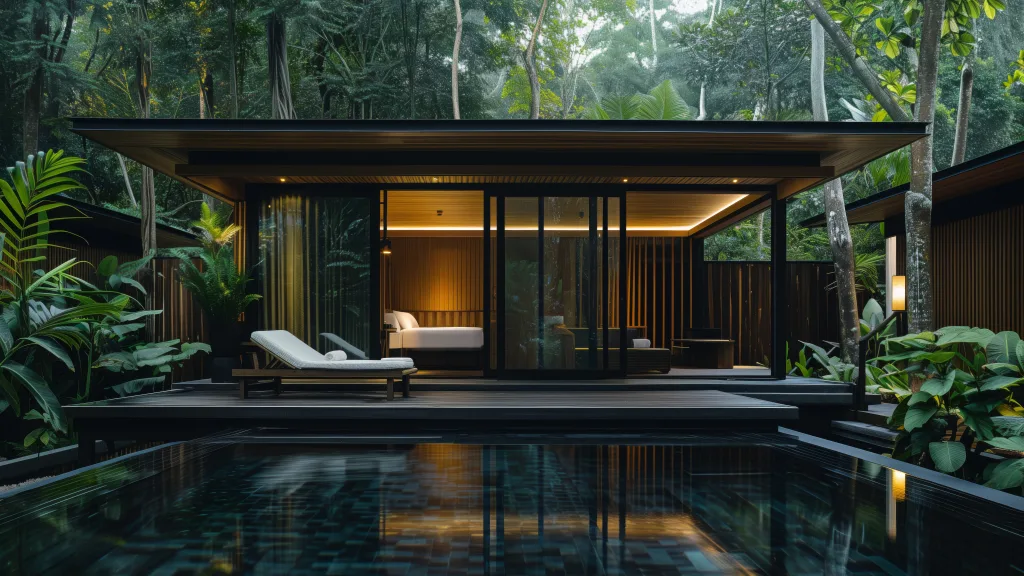
Research indicates that these environmental features affect our neurophysiology, potentially reducing stress by altering physiological responses like cortisol levels. However, the exact architectural elements that elicit calm or stress responses remain unclear. Future research aims to explore how individual preferences and personal styles affect these neurophysiological reactions to different architectural designs.
Free 52-page Human Behavior Guide
For Beginners and Intermediates
- Get accessible and comprehensive walkthrough
- Valuable human behavior research insight
- Learn how to take your research to the next level

References:
- Zeki, S. (1999). Inner Vision: An Exploration of Art and the Brain. Oxford University Press.
- Dutton, D. (2009). The Art Instinct: Beauty, Pleasure, and Human Evolution. Bloomsbury Press.
- Kawabata, H., & Zeki, S. (2004). Neural correlates of beauty. Journal of Neurophysiology, 91(4), 1699-1705.
- Jacobsen, T., Schubotz, R. I., Höfel, L., & Cramon, D. Y. (2006). Brain correlates of aesthetic judgment of beauty. NeuroImage, 29(1), 276-285.
- Palmer, S. E., Schloss, K. B., & Sammartino, J. (2013). Visual aesthetics and human preference. Annual Review of Psychology, 64, 77-107.
- Beaty, R. E., Benedek, M., Kaufman, S. B., & Silvia, P. J. (2014). Default and executive network coupling supports creative idea production. Scientific Reports, 4, 3821.






